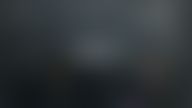‘For me, drawing felt like the most immediate way of responding to everything around me without having to talk to people. It was my way of processing the world.’
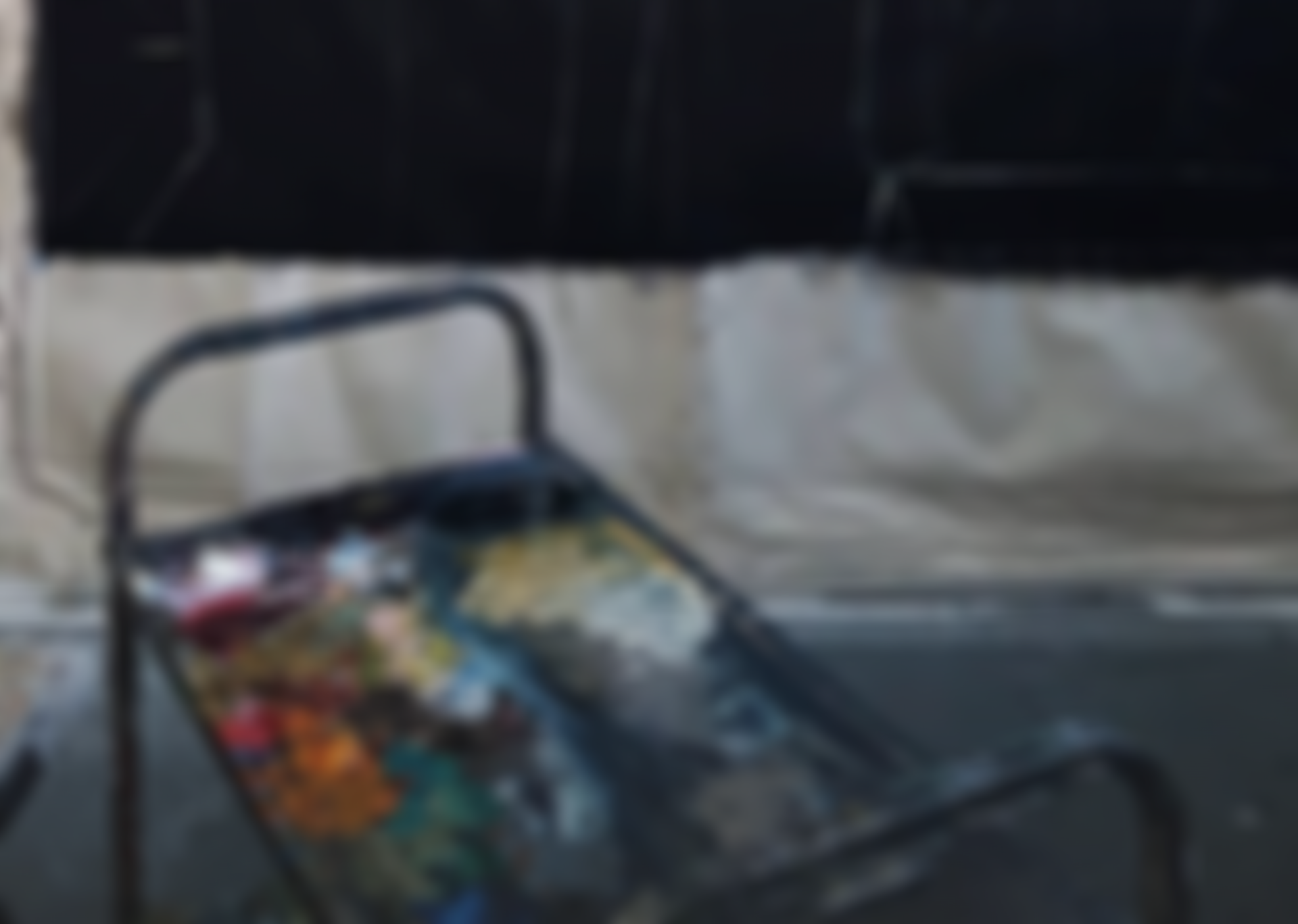
Tarini: How did you first come to painting?
I went to university to study fine art but I do not come from an artistic family. I always drew as a kid but I did not have much encouragement to pursue the arts. Not to anyone's criticism, it just wasn't something that my relatives had any history of doing. For me, drawing felt like the most immediate way of responding to everything around me without having to talk to people. It was my way of processing the world.
T: It is interesting that you refer to art-making almost like a practical tool to help you understand yourself. How do you relate these ideas to the body of work that you are showing with Jhaveri Contemporary?
So, the largest scale paintings are central to this body of works and are in many ways most relevant to this stage of my practice. They are based around my family home as it is where I live now. I have been thinking a lot about how at some point I'll probably move away from this space. It has led me to question both the relationship and tension between 'memory' - what is remembered - and 'existence' - reality. I think these are two very different things. In as much as memory can be so vivid - recalling particular objects as an example and even exactly where they might have been situated in a room or a space - it can also be false or incomplete. I quite like that concept and think about how to actualise these ideas.
‘I am dictated less by moments that are seemingly extremely significant, but interested in how you remember those that are everyday or commonplace.’
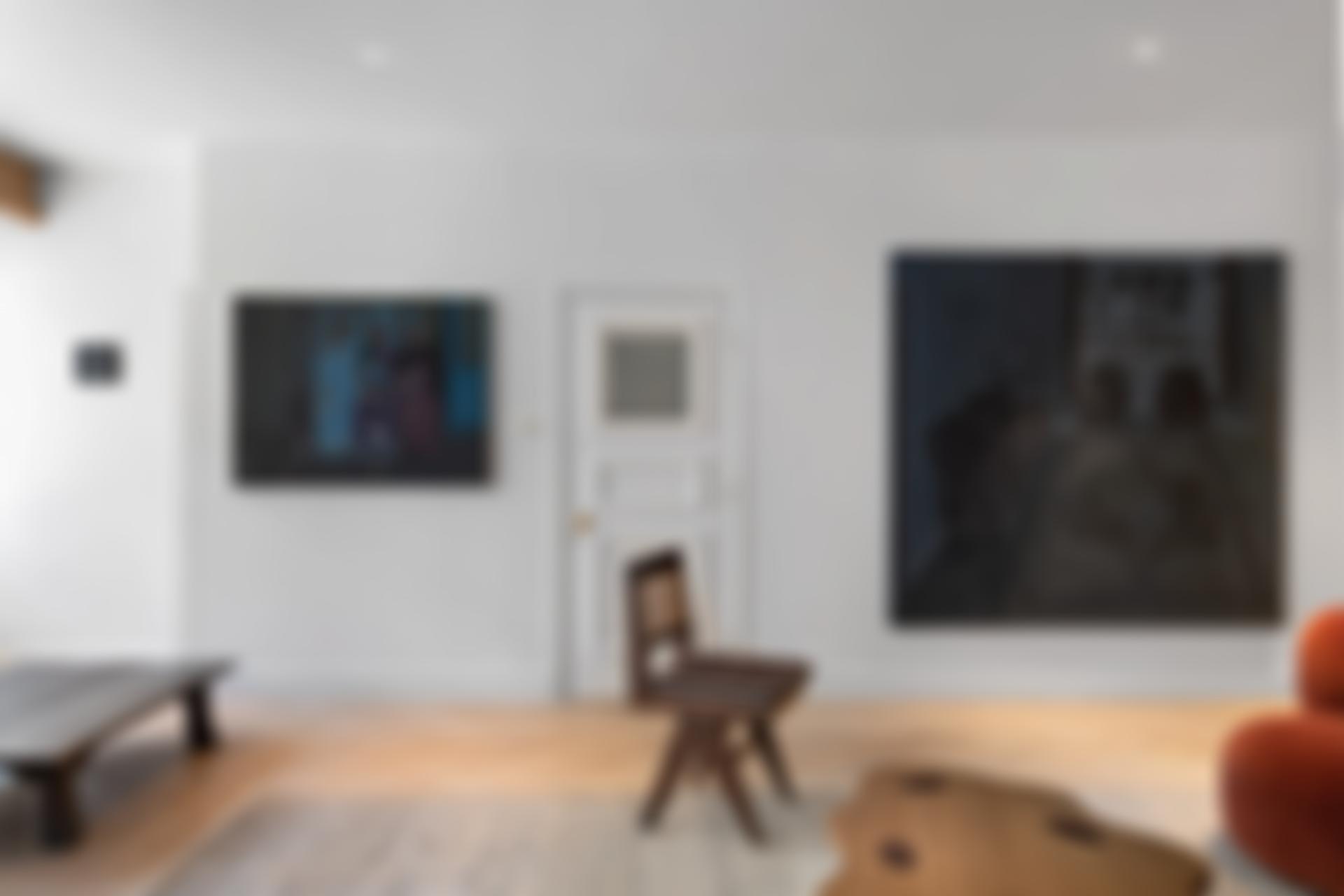
T: There’s also a fascinating tension in your works between the more detailed objects that act almost like anchors that ground the image in a narrational context, against an overall ambience that can feel quite ghostly and dreamlike. Would you describe your paintings as romantic?

To some extent. I think perhaps the romanticism is in the figures. Painted figures bring a sense of life to things… that humanity.
There is something romantic about these images but there can also be something quite awkward and staged about them too. The flatness and the strange depth of perspective are typical of my relationship to formalism in my practice right now. The smaller objects in these paintings can feel quite forthcoming and awkwardly placed in the composition, but then my use of colour can have a sense of drama to it.
In Untitled, 2022 the female figure’s face is turned away as she is cracking beetle nuts. She is completely covered and perhaps you read this painting as some kind of conversation on conservatism or a culture clash, but really the takeaway sense is much more emotive and you can hopefully feel the solitude of this person, sat alone at a large table emanating from the canvas. For me, the motivation is to keep the paintings open-ended so that you can not only situate your existing sense of the world in the works but also expand upon it.
‘Painted figures bring a sense of life to things…that humanity.'

T: I understand what you mean. I feel as though the romanticism lies in how you draw out the inherent intimacy of people in everyday spaces. Whether it's purposeful or indirect, to me many of your works evoke histories of traditional South Asian painting – miniatures as an example - in the flatness and playfulness of motif and pattern.
It's also very compelling that even though there’s so much context around your work in that they refer to your lived experiences and those of your family's, you specifically choose not to title your paintings. Why is that?
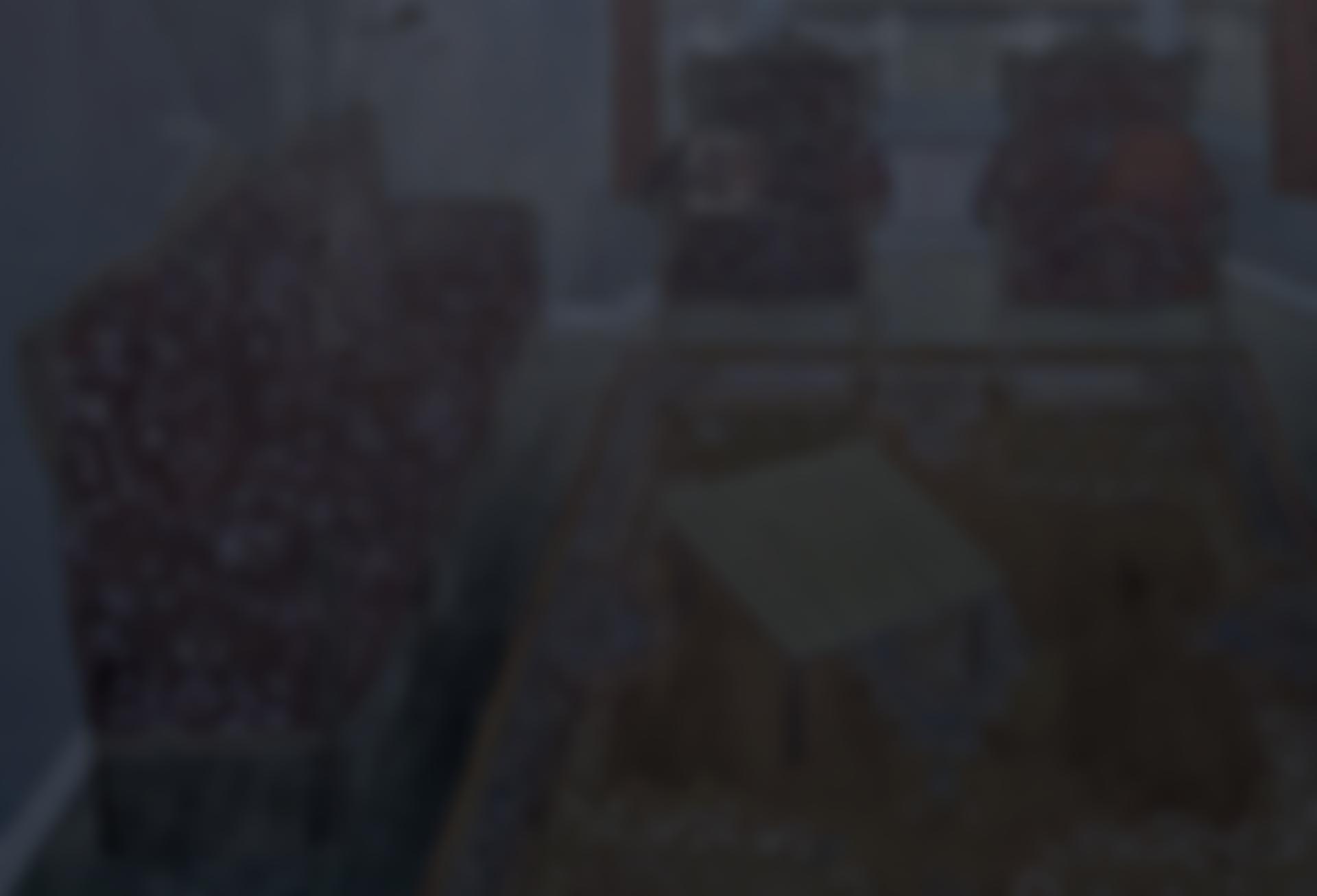
Currently, it does not feel natural to me to create labels and in many ways pre-determine their meaning or people’s relationships to what they see in the images. The process of painting is to produce something that comes from within and then expel it out into the world. I am very intentional with my compositions so I try to let these do the talking as opposed to anything else.
I also look at my paintings for so long, it's very easy to continually question the process and whether they are right or not. I see different things in them all the time. I put them away as soon as I am done with them and if I come back to them, it can feel like I'm seeing a completely new painting. I can spend months on certain details and trying to feel a sense of satisfaction.
T: I can understand that almost obsessive attention to detail as it can ultimately entirely shift a narrative in a painting - whether it's in the subtleties of line, shading or perspective as examples.
Let’s talk about your family’s photo albums which are the inspiration for many of your earlier works as well as inform some that are showing in this particular presentation. Can you tell me about how this started for you?

I first started looking at my family’s albums when at university and incorporating the photographs into my paintings. Initially, I was simply looking for something to paint, but at the same time I was very conscious of using these images too much like a crutch. I knew I could paint these and it felt very natural to me. I have at one point abandoned them when I felt a need to paint outside of responding to these archives, and at other times I have come back to them in how personal they are to my identity and the fact they represent my home.
However, interestingly, I don't know many people in these images, so it's impersonal in that regard, which is also quite bizarre for a family photo album. A lot of these photographs were taken of extended family in Bangladesh, which I haven’t visited as yet. Not all of those shot in London are in homes that I have been to.

T: So, these images bridge who you are and where you come from with a new reality that you are constructing for yourself through your art practice?
Yes. The photographs are the impetus to portray something that I felt quite passionate about, but also to interpret what is unknown or outside of my direct experiences and then reconstruct those ideas into something else. They were the first images I felt I could really paint and that have held some conceptual relevancy with me, but also allowed me to experiment and open myself up to new painterly languages.
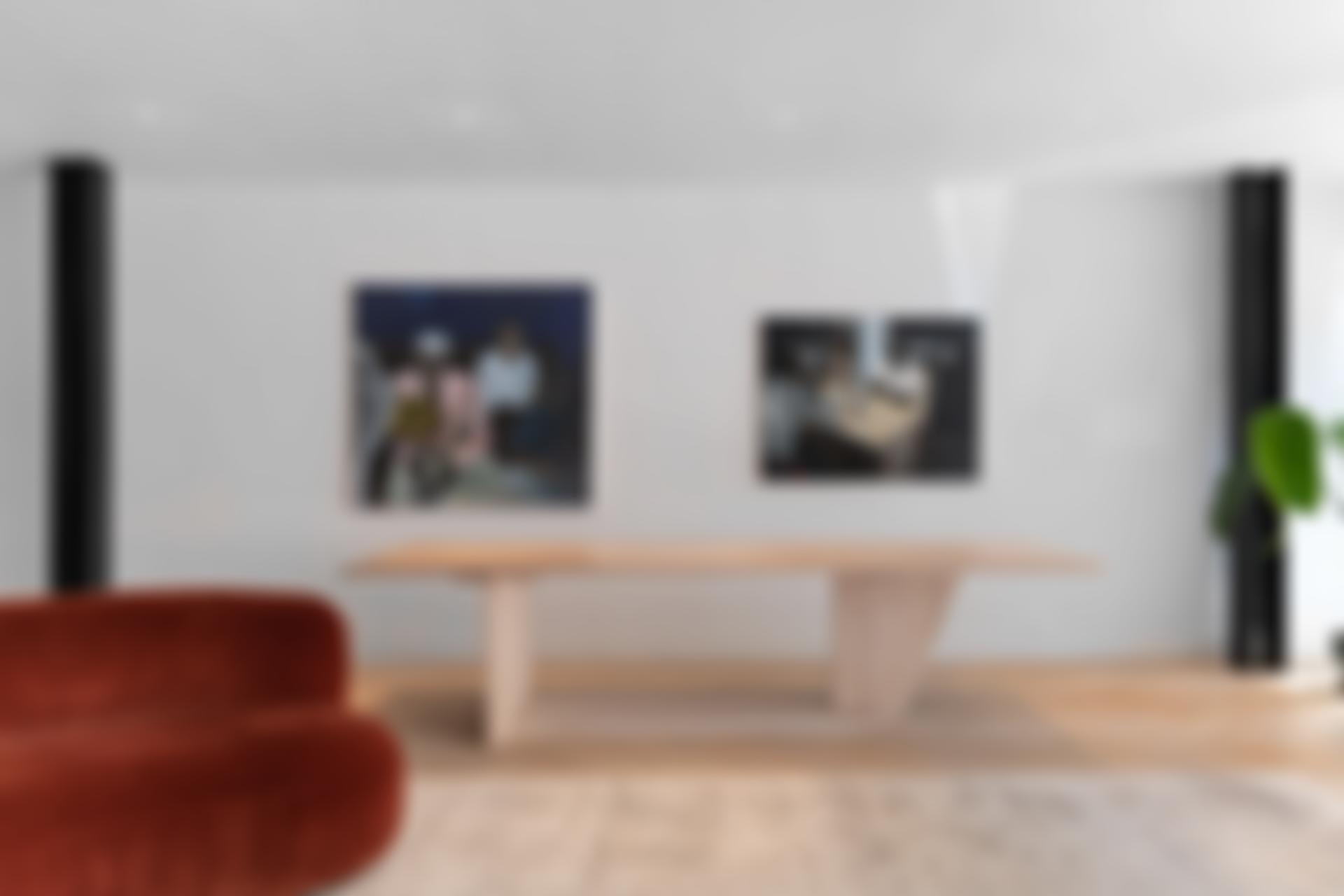
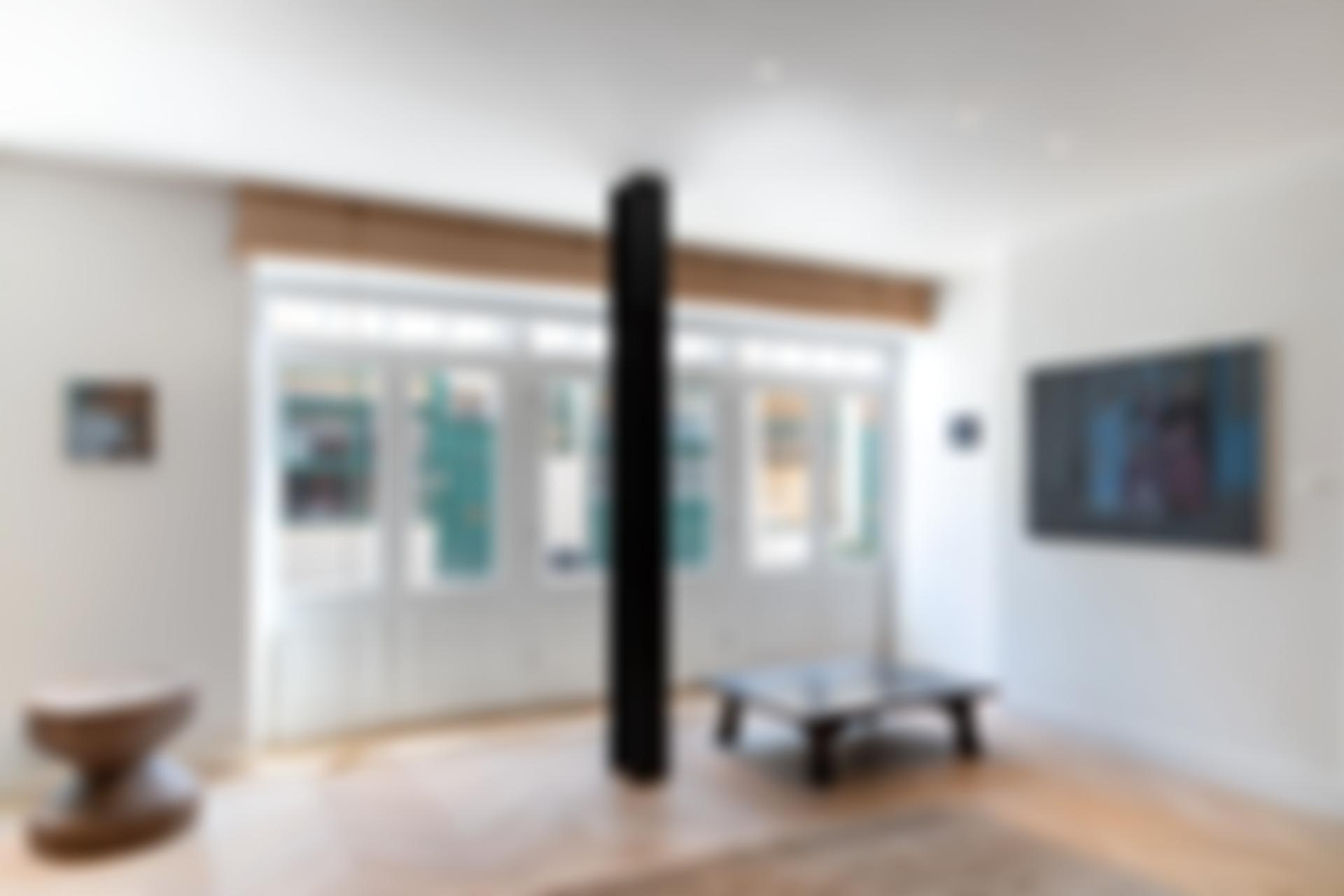
‘In my paintings, both objects and people are just as significant as each other. They are all placed by memory.’
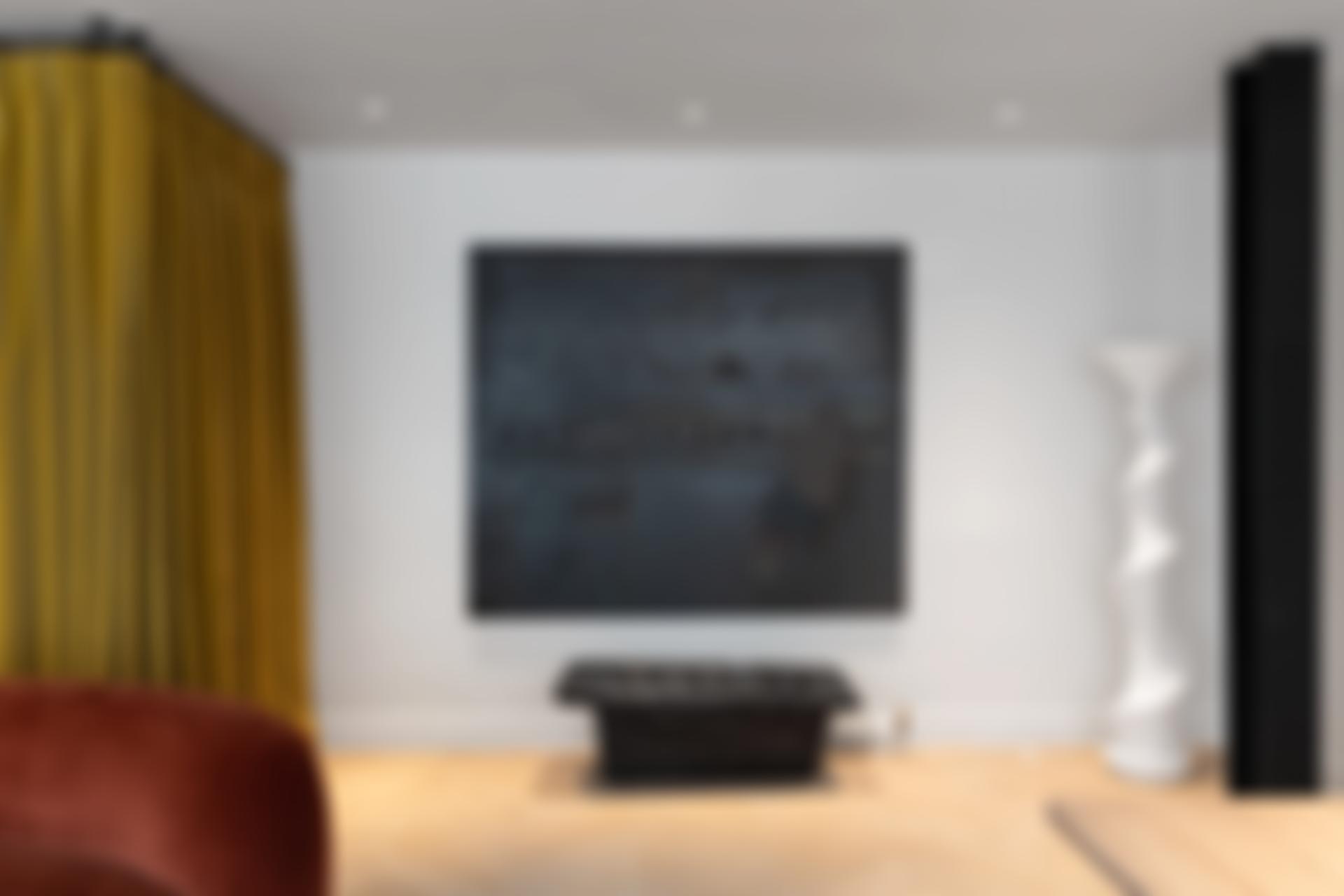


Mohammed Adel (b.1997, London) is a London based painter. He is interested in making large-scale works that incorporate Bengali/South Asian and personal imagery into a painterly language that utilises composition, light, softness and a balance between abstraction and representation to construct scenes, instilling stillness, beauty and questioning.
Adel received his BA from Camberwell University of Arts London and is currently going into his postgraduate at The Royal Academy.
Mohammed has exhibited most recently at Brighton Art Festival (2023); twice at French Riviera Gallery, London (2022); Art Bypass Gallery, London (2022); The Factory Project, London (2021).
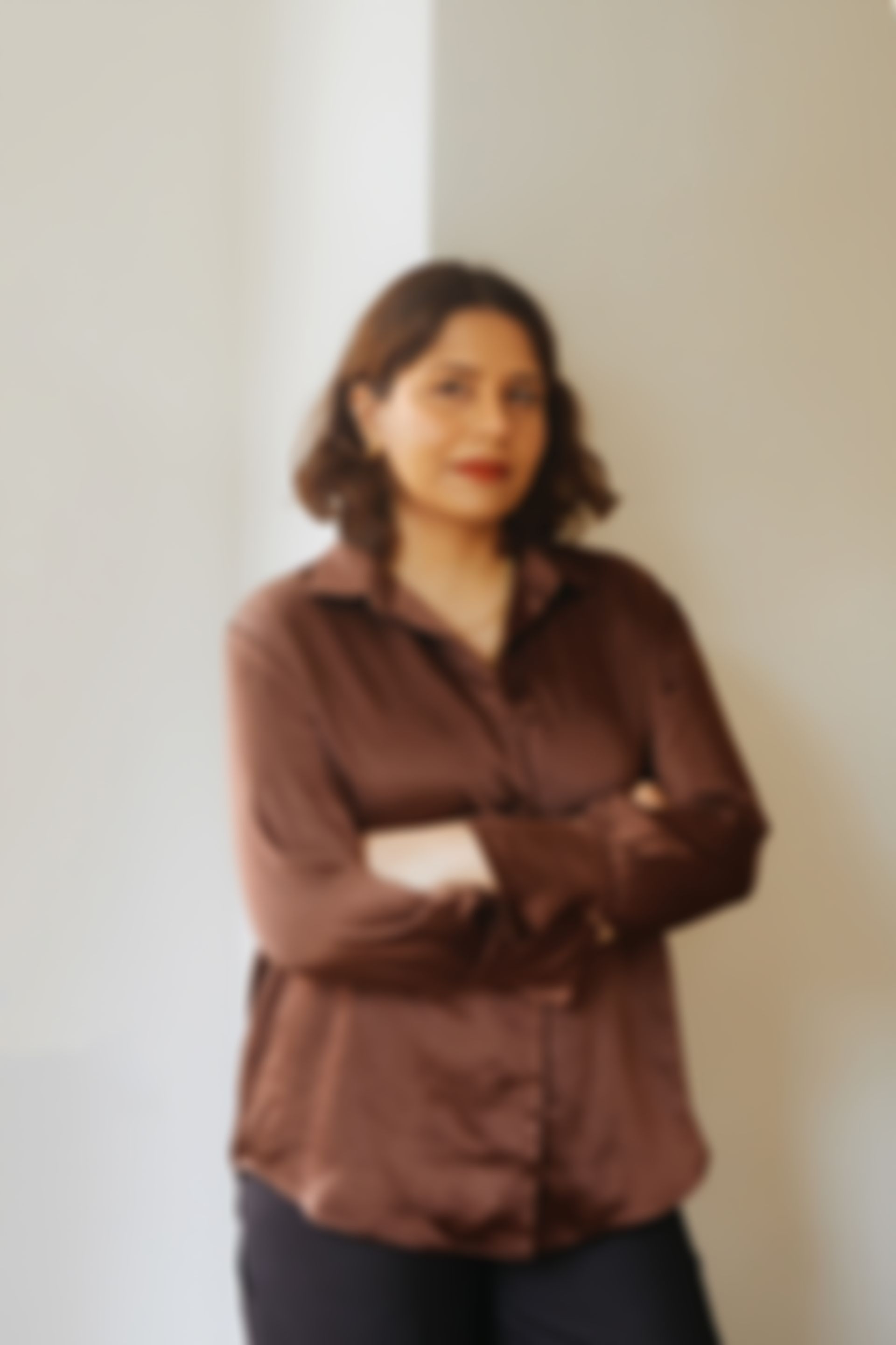
Tarini Malik is the Shane Akeroyd Associate Curator of the British Pavilion at the 60th International Art Exhibition – La Biennale di Venezia. She is the Curator of Modern and Contemporary Art at the Royal Academy of Arts in London (September 2023).
Previously, she was a curator at the Whitechapel Gallery and responsible for the planning and delivery of the artistic programme, as well as at the Hayward Gallery where she organised a number of landmark group exhibitions as well as the first solo presentations in the UK of various artists.
Malik was also Head of Exhibitions for artist Isaac Julien, research curator on several major touring international exhibitions and contributed to the main exhibition at 2015's Venice Biennale. She has held curatorial posts at Fiorucci Art Trust, Frieze Projects and Serpentine Galleries, published her writing in various magazines and journals and lectured widely on cultural studies and curating.
